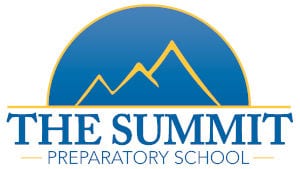Middle School:
Students will be researching nuclear chemistry. The project starts with questions pertaining to a video. Following this, students are asked to find answers to the questions using the internet, being sure to find good sources for their information and giving information as to where they found this information. This research wraps up our study of matter and its interactions.
Questions/Conversation Starters:
What are the different types of radioactive decay?
What is the difference between fission and fusion?
What are the pros and cons of nuclear energy?
High School:
Students will be exploring how predictions for precipitation are made using information gained during our study of humidity. This is also incorporating science and engineering practices such as analyzing and interpreting data, using mathematics and computational thinking, and engaging in argument from evidence.
Questions/Conversation Starters:
What is the difference between relative and absolute humidity?
Describe the relationship between relative humidity and dew-point.
How does the relationship between air temperature and dew-point lead to predictions of precipitation?


